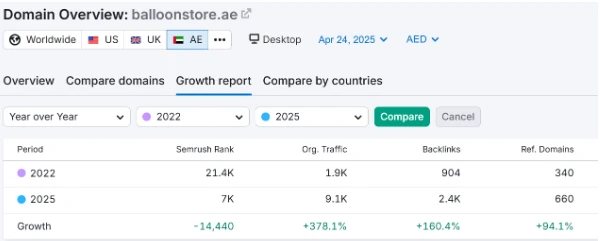Alcohol Consumption Demographics & Treatment Statistics
- digitalmanqoosh
- November 17, 2020
- Uncategorized
- 0 Comments
Content
Is it possible for a person to excessively drink alcohol and function properly in everyday life? For spouses or significant others, many feel that alcohol can negatively impact connections. Alcohol abuse and addiction certainly carry negative consequences on an individual’s health and well-being. In terms of alcohol and relationships, it can be a single catalyst in estranged marriages and contentious discourse among family members. How do you determine whether your spouse is drinking alcoholically (and increasing your chances for divorce)? Even when there is significant damage to interpersonal relationships, physical and mental health, and other important life roles.
No Rally Caps Needed — Catching Some Optimism With One of the … – Michael Kiser
No Rally Caps Needed — Catching Some Optimism With One of the ….
Posted: Tue, 26 Sep 2023 11:03:39 GMT [source]
The study analyzed 50+ aspects of people’s relationships with work, including the role of work in their lives, their skills, abilities, tools and workspaces, and their expectations of leadership. The study also examined the impact work has on employee well-being, productivity, engagement and culture. Through this, HP developed its Work Relationship Index, which is a measure of the world’s relationship with work to be tracked over time. It found that just 27% of knowledge workers currently have a healthy relationship with work; more details on the Index can be found here.
Prevalence of Past-Month Heavy Alcohol Use
Even if they do seek out help from such services, the care they receive is usually inappropriate or irrelevant (that is, it does not adequately address the LGBTQ perspective). Though alcohol consumption can vary among people, alcohol addiction is characterized by drinking large amounts of alcohol over long periods. For some people, this might look like consuming how does alcohol affect relationships several drinks in a short period, a few days a week. This statistic is a powerful indicator of the prevalence of cheating when alcohol is involved in a work event or party. It serves as a stark reminder of the potential consequences of drinking and socializing in such a setting, and highlights the importance of being mindful of one’s behavior in such situations.
- In 2017 — with the exception of Ukraine — the prevalence of alcohol dependence in men was higher than in women across all countries.
- Alcoholism causes various physical consequences that are well-known and easy to recognize, but it also causes various psychological consequences that people rarely discuss.
- In the countries shown in light yellow over 90% of road deaths are not related to alcohol consumption.
- Group Therapy is for informational purposes only and is not a substitute for professional mental health advice, diagnosis or treatment.
- Our content is fact checked by our senior editorial staff to reflect accuracy and ensure our readers get sound information and advice to make the smartest, healthiest choices.
- Regardless of whether the person can function in some aspects of life, alcoholism is a serious disease.
Also, gender did not moderate the relationship between past-12-month AUD at W1 and marital dissolution at W2. Results do not support the hypothesis that the association between AUD and marital dissolution is stronger among women than among men. Although the overall associations between AUDs and divorce may be stronger for women, this may not be the case for the specific temporal pattern of AUDs followed by divorce. Another possible explanation is that the interval https://ecosoberhouse.com/ between W1 and W2 (3 years) was not long enough to reveal this interaction effect. Because the process of marital dissolution may unfold over relatively long periods (e.g., Bruce, 1998), longer intervals may be needed to detect gender differences in predictors of divorce. Prior reports have established alcohol-induced aggression among males (Lipsey et al., 1997), which appears to vary across the ethnic groups and geographical regions (Caetano et al., 2001).
How helpful would you rate this article?
As such, it is an invaluable piece of information to include in a blog post about Alcohol and Cheating Statistics. This statistic is a powerful reminder of the potential consequences of drinking alcohol. It highlights the fact that alcohol can impair one’s judgement and lead to a higher likelihood of cheating. This is an important point to consider when discussing the topic of alcohol and cheating, as it emphasizes the need for caution when consuming alcohol.
Future research must delineate relevant psychological and sociocultural variables in addition to the alcoholism itself. Consistent with the VSA model’s focus on predictors of marital quality and stability, the present study examined W1 AUD as a predictor of marital dissolution at W2. Other findings from NESARC showed that W1 marital status (i.e., being separated, divorced, or widowed) predicted onset of AUD at W2 (Grant et al., 2009). Longitudinal studies that assess both the wife and the husband will clarify the mechanisms underlying these associations (Leonard and Eiden, 2007). To our knowledge, only two longitudinal studies have focused on AUDs (rather than drinking behavior).












